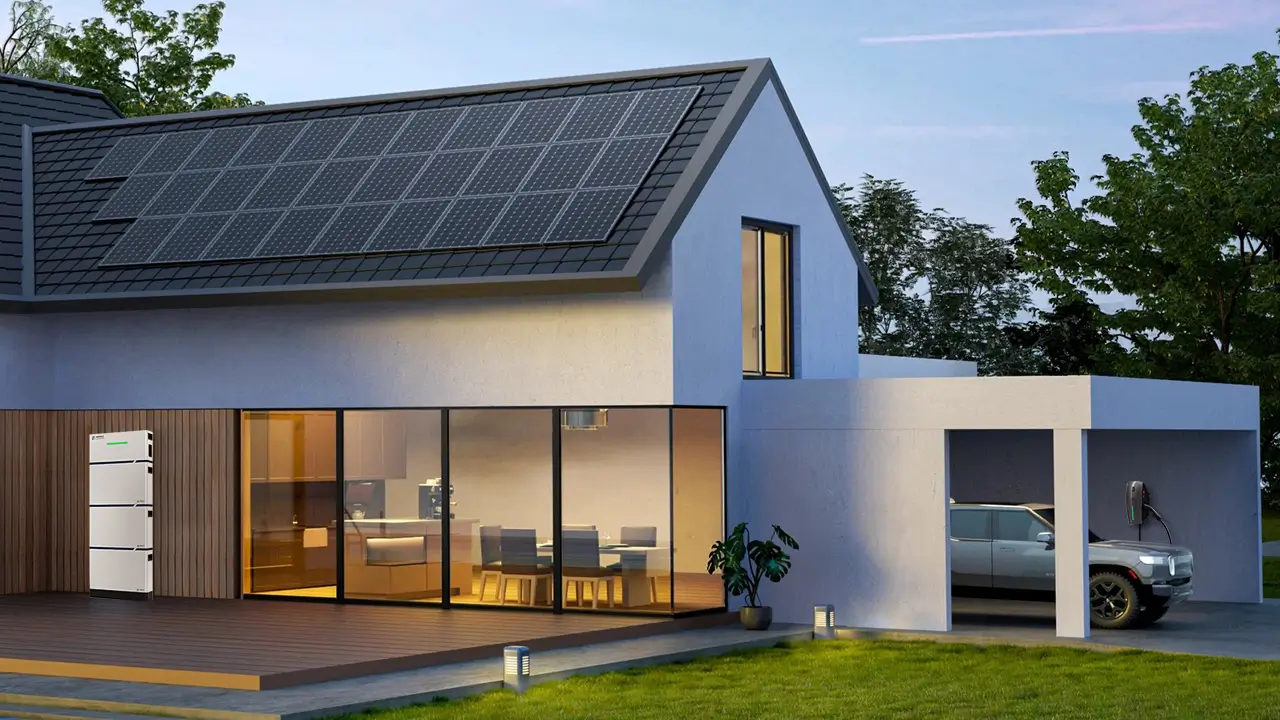High Voltage Energy Storage and SWOT Analysis: A Technical Overview

In recent years, high voltage energy storage has emerged as a crucial component in the development of sustainable energy systems. This technology enables efficient storage and utilization of electricity generated from renewable sources such as solar and wind power. With the increasing demand for clean energy solutions, high voltage energy storage is expected to play a significant role in shaping the future of the power industry.
The Advancements in High Voltage Energy Storage
High voltage energy storage systems have witnessed remarkable advancements in terms of capacity, efficiency, and cost-effectiveness. The integration of advanced materials and technologies has led to the development of batteries with higher energy densities and longer lifespans. Additionally, innovations such as solid-state batteries are poised to revolutionize the field by offering improved safety features and faster charging capabilities.
The Role of Electric Vehicle Batteries (EVB)
Electric vehicle batteries (EVB) form an integral part of high voltage energy storage systems. As EV adoption continues to rise globally, there is an increasing need for reliable charging infrastructure that can support these vehicles’ growing demands. EVB manufacturers like Beny New Energy’s sub-brand EVB have emerged as trusted partners in providing electric vehicle charging equipment solutions.
EVB offers a comprehensive range of charging solutions tailored to meet various customer needs. From professional charger installation services to smart APP controlling features, they ensure seamless integration between electric vehicles and charging infrastructure.
SWOT Analysis: Evaluating High Voltage Energy Storage
Strengths:
- Eco-friendly solution: High voltage energy storage contributes significantly towards reducing greenhouse gas emissions by enabling greater utilization of renewable energies.
- Diverse applications: It finds applications across various sectors, including residential, commercial, and industrial, providing flexibility in energy management.
- Improved grid stability: High voltage energy storage systems enhance the stability and reliability of power grids by balancing supply and demand fluctuations.
Weaknesses:
- High initial costs: The installation and maintenance costs associated with high voltage energy storage systems can be relatively high, limiting their widespread adoption.
- Limited lifespan: Batteries used in these systems have a finite lifespan and may require replacement after a certain number of charge-discharge cycles.
Opportunities:
- Rapid technological advancements: Ongoing research and development efforts are expected to lead to further improvements in battery performance, cost reduction, and increased efficiency.
- Incentives for clean energy adoption: Governments worldwide are offering incentives such as tax credits and subsidies to promote the use of renewable energies, creating opportunities for high voltage energy storage solutions.
Threats:
- Fierce competition: The market for high voltage energy storage is becoming increasingly competitive as more companies enter the sector. This could potentially lead to price wars or reduced profit margins.
- Potential safety concerns: As with any electrical system involving high voltages, there is always a risk of accidents or malfunctions that could pose safety hazards if not properly managed.
The Future Outlook

The future looks promising for high voltage energy storage technology. With ongoing advancements in battery technologies coupled with supportive government policies promoting clean energy adoption, we can expect wider deployment of these systems across various sectors. Furthermore,
the integration of smart charging infrastructure will play a crucial role in facilitating seamless electric vehicle charging experiences and promoting the widespread adoption of electric mobility.

